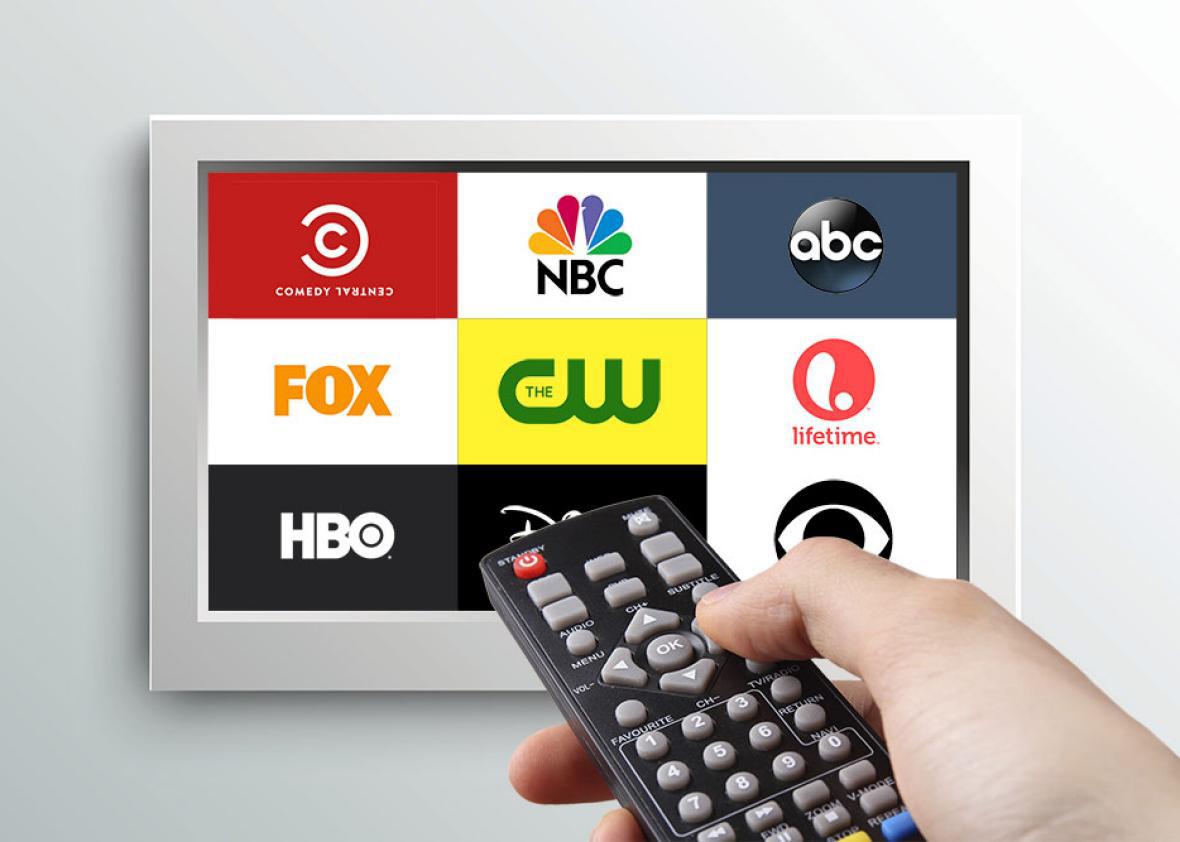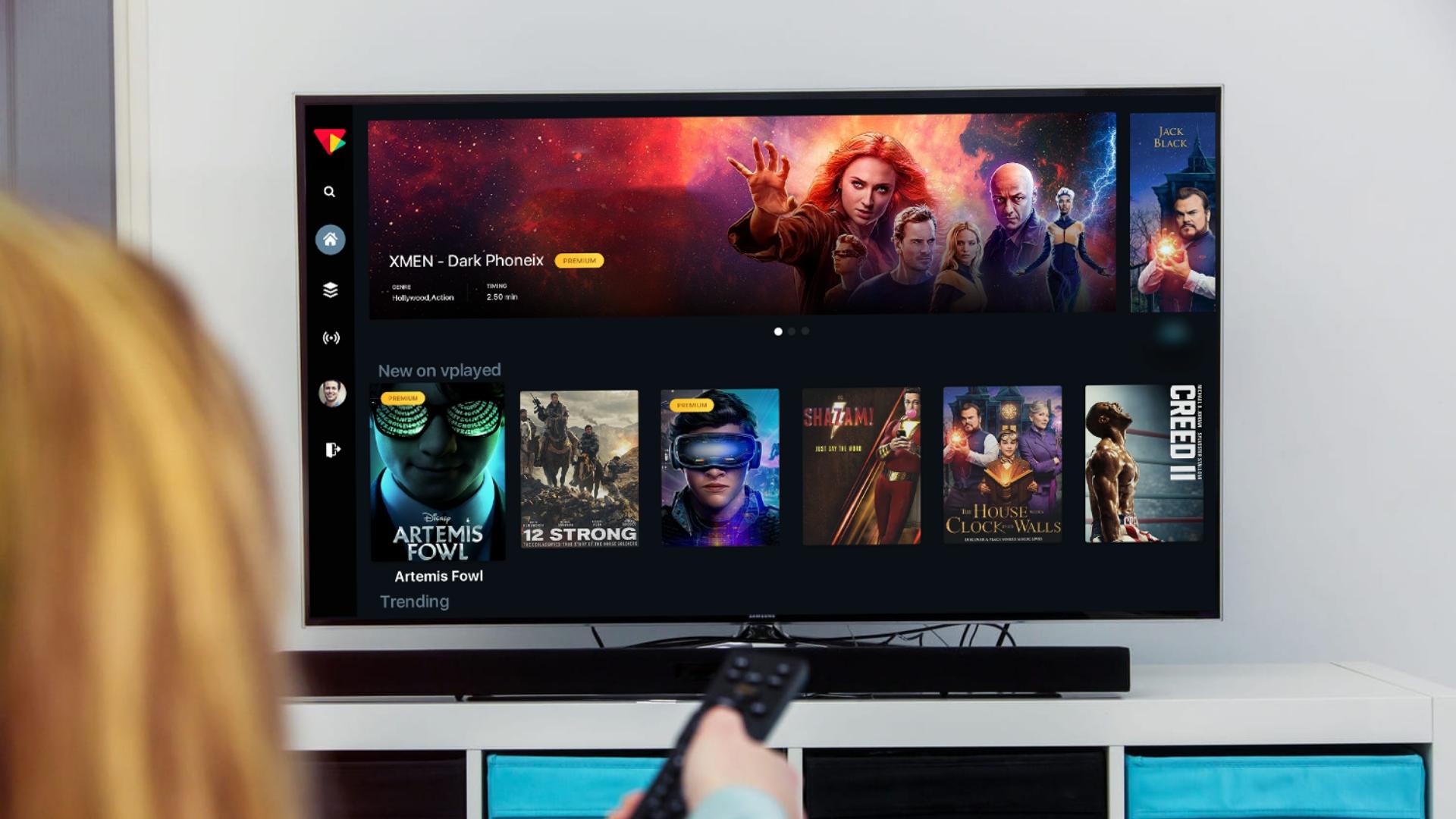More About Apollo Group Tv
More About Apollo Group Tv
Blog Article
Apollo Group Tv Fundamentals Explained
Table of ContentsApollo Group Tv - TruthsApollo Group Tv Fundamentals ExplainedApollo Group Tv Things To Know Before You BuySome Known Factual Statements About Apollo Group Tv
In this scenario, instead of having three-minute industrial spots throughout a 30-minute television program, television shows may alter to one where a customer will be needed to have a regular monthly membership, to make sure that they cen view targeted banner advertisements. This type of advertising already happens on the net, and the amount of information tv business accumulate enables them to do much the exact same.Describe the significant fads among the broadcasting and wire networks. Popular radio shows such as police dramatization Dragnet and western cowboy collection Gunsmoke were adapted for television, and brand-new TV programs were sponsored by solitary advertisers, just as radio programs had been.
Today, the tv market is much more complicated. Programs are funded by multiple advertisers; shows is controlled by major media corporations; and the three major networks no longer dominate the airwaves but instead share their customers with many cord networks. Several elements account for these patterns within the industry, consisting of technical developments, federal government policies, and the development of brand-new networks.

All about Apollo Group Tv
Established in 1969, (PBS) developed out of a record by the Carnegie Payment on Educational Tv, which checked out the role of instructional, noncommercial television on society. Public tv was additionally planned to give universal accessibility to television for audiences in country areas or visitors that can not pay for to pay for personal tv services.
The duration between 1950 and 1970 is historically identified as the. Apart from a tiny part of airtime managed by public tv, the 3 major networks (called the Big 3) controlled the television market, collectively accounting for even more than 95 percent of prime-time viewing. In 1986, Rupert Murdoch, the head of international business Information Corp, released the Fox network, challenging the dominance of the Big Three.
Targeting young and minority audiences with shows such as Buffy the Vampire Slayer, Moesha, Dawson's Creek, and The Wayans Bros., the new networks wished to draw terminals far from their old network affiliations. However, instead of repeating the success of Fox, UPN and WB had a hard time to make an influence. Incapable to draw in numerous associate terminals, the two fledgling networks got to less households than their bigger competitors since they were inaccessible in some smaller sized cities.
This choice paved the means for the growth of wire motion picture channels, adding to the rapid growth of cord in the 1980s and 1990s. apollo group tv. More deregulation of cable television in the 1984 Cord Communications Policy Act got rid of restrictions on cable rates, allowing drivers to charge what they desired for wire solutions as long as there worked competitors to the service (a requirement that over 90 percent of all cable markets can fulfill)
The 9-Minute Rule for Apollo Group Tv

Having produced the initial "superstation," Turner broadened his realm by establishing 24-hour information network CNN in 1980. At the end of the year, 28 national shows solutions were available, and the wire transformation had actually begun. Over the following decade, the industry undertook a period of fast development and appeal, and by 1994 audiences might select from 94 standard and 20 premium wire solutions.
Figure 9 - https://www.dreamstime.com/vickboyd3319_info.16 Increased competitors from cable channels has actually created a consistent decline in the networks' audience scores. Throughout the 1950s, the price of producing a single tv program enhanced as programs came to be longer and go to this web-site production expenses skyrocketed. Sponsorship on network tv shifted from single sponsorship, in which a program was completely supported and produced by one marketer, to numerous sponsorship, in which marketers purchased 1- or 2-minute places on the program
Each reaction needs to be a minimum of one paragraph. Choose one of the Big 4 networks and publish out its once a week programming routine. Watch the network's prime-time programs throughout a week, keeping in mind the target demographic for each show. Observe the advertising sponsors that sustain each program and contrast just how the product or services fit with the intended audience.
The Best Guide To Apollo Group Tv

Linear TV, typically referred to as standard broadcast TV, incorporates wire and satellite television., think of it as the classic means of seeing TV that has actually been around for decades.
Report this page